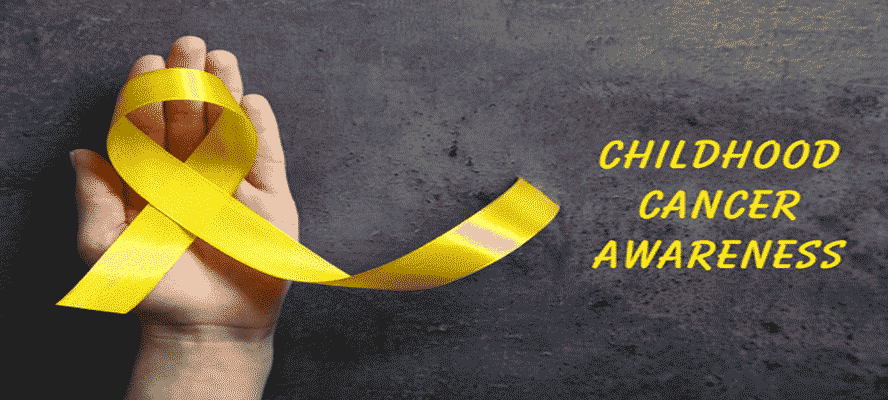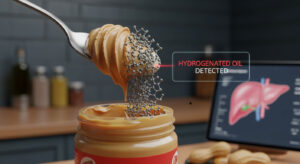It was a huge shock the day when Suhana got diagnosed with Cancer. She was only three years old and everyone was excited to celebrate her elder sister, Ronika’s, 10″ birthday together. Her mother told that Suhana had been quite unwell, but thought it was because of viral infection. She took her to the Doctor expecting some common medicine, but after blood tests, doctor recommended few more tests and then, this devastating news came into their life. The moment she heard the word “Leukemia” the only thing she could understand that her baby had cancer. She could not breathe. That moment changed their life. After a long and painful cancer treatment, Suhana has now overcome it. Her whole family thanks medical community and all the research and development in Cancer treatment. Suhana is now five years old, and visit a doctor twice a year for follow-up. She has a bit of cognitive issues but is doing amazingly well. Her class teacher told her mother that no one can be sad in a room with Suhana because of her intectious smile.








